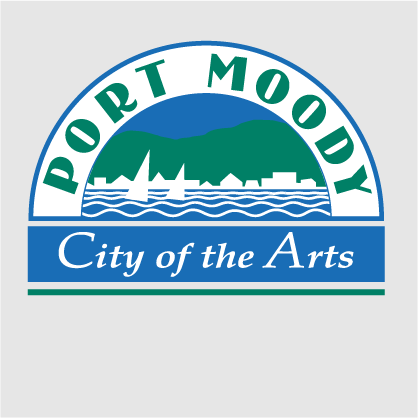Tree Protection Bylaw Review
The third and final phase of engagement concluded on May 12, 2024. Thank you to everyone who participated. See below ("What we heard: past engagement opportunities") to find out what we heard from the community. The feedback collected will inform staff’s recommendations to Council as well as Council’s consideration of the proposed Tree Protection Bylaw updates later this year.
The Tree Protection Bylaw currently regulates tree protection on public lands and private lands in some circumstances, including lands located within an environmentally sensitive area (ESA) or Riparian Management Zones. Proposed updates to the bylaw relate to tree protection only and do not seek to make any changes to the boundaries of ESAs or the development permit area guidelines for ESAs found in the Official Community Plan.
Our residents take great pride in their community and the natural environment. Trees are an important part of our local environment because they contribute to our health and well-being, and they help us respond to the effects of climate change.
Canopy cover (the proportion of land area covered by tree crowns as seen from the sky) is one way to keep track of the benefits we get from trees – for example, a dense canopy cover can lower temperatures in the area and reduce the negative effects of heavy rainfall and strong winds. Port Moody has lost canopy cover in recent decades as neighbourhoods have been redeveloped and the community has evolved.
What is the Tree Protection Bylaw?
Port Moody’s current Tree Protection Bylaw (PDF) was adopted in 1999 and last updated in 2015. It protects trees and regulates the removal of trees with a diameter of 10 centimetres or greater that are:
- on City lands;
- located in an environmentally sensitive area or streamside protection and enhancement area;
- on a multi-unit property (e.g. condo, townhouse, duplex);
- on a property with a covenant registered on the Certificate of Title that relates to trees and landscaping; or
- on a property subject to a development approval.
The Tree Protection Bylaw also offers protection to any tree identified, and approved by Council, as significant because of its importance to the community, including for heritage or landmark values or as wildlife habitat.
Why are we doing a review?
Responding to Port Moody’s strong environmental stewardship values and the climate emergency, the City is reviewing its bylaw to ensure it is aligned with best management practices and community values.
The Tree Protection Bylaw Review will seek to:
- confirm community values, goals, and concerns related to the management of trees on private property;
- identify challenges and opportunities with the current bylaw; and
- recommend bylaw updates reflecting Council direction, best management practices, municipal tools available, and community input.
Community engagement on the Tree Protection Bylaw Review was conducted in three phases. In the first phase of engagement (May/June 2022), we sought input from the public via our community survey on urban forest management. In phase two (May/June 2023), we gathered input on community values and preferences for tree protection requirements and tree removal in Port Moody. In Phase 3 (April/May 2024), we shared proposed key directions for bylaw updates and asked for feedback. The feedback collected will inform the development of draft updates to the Tree Protection Bylaw which will be presented to Council for approval.
What we heard: past engagement opportunities
Phase 3: read City staff's Report to Council and the Phase 3 Engagement Summary (agenda item 7.6), to be shared at the July 9, 2024 City Council meeting, to find out what we heard from the community. We asked for input on proposed updates to the Tree Protection Bylaw via:
- Information session: we hosted an in-person information session on April 25, 2024
- Community survey: we invited community members to fill out a survey in April/May 2024
Phase 2: read City staff's Report to Council and the Phase 2 Engagement Summary, shared at the September 12, 2023 City Council meeting (agenda item 7.4), to find out what we heard via our community survey.
- Community survey (May/June 2023): we asked participants to share their values and preferences for tree protection requirements and tree removal in Port Moody. Thank you to everyone who shared their thoughts with us! Input collected will inform the development of key directions for bylaw updates.
Phase 1: read City staff's Report to Council and the Phase 1 Engagement Summary shared at the November 22, 2022 City Council meeting to find out what we heard from the community at our pop-up events and via our community survey.
- Pop-up events: we hosted pop-up events in Rocky Point Park (May 27, 2022) and Bert Flinn Park (May 28, 2022). Thank you to everyone who joined us to review our information boards and provide input. If you weren't able to join us, you can read the Trees in Port Moody display boards (PDF) that were posted in the parks during the pop-ups.
- Community survey: thank you to everyone who provided their input via our survey in May/June 2022.
The Phase 1 pop-up events and survey included general information and questions related to tree removal and tree protection requirements. The input that was collected will inform both the Urban Forest Management Strategy and the Tree Protection Bylaw Review.
>> Go back to the Trees in Port Moody landing page. Visit the linked Urban Forest Management Strategy project.


